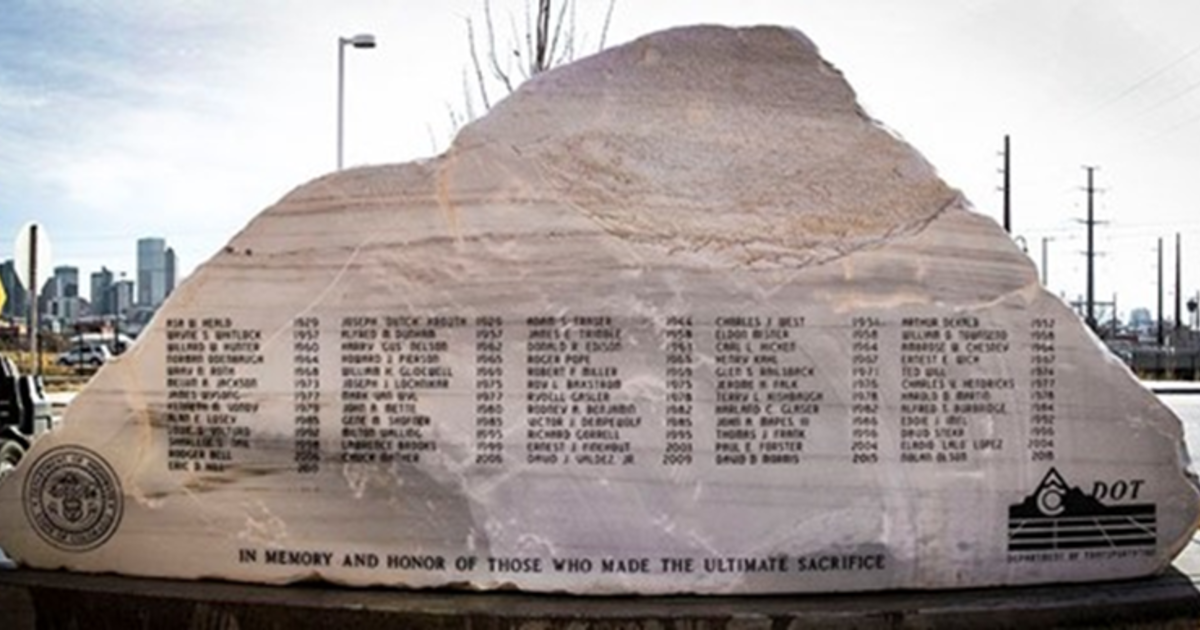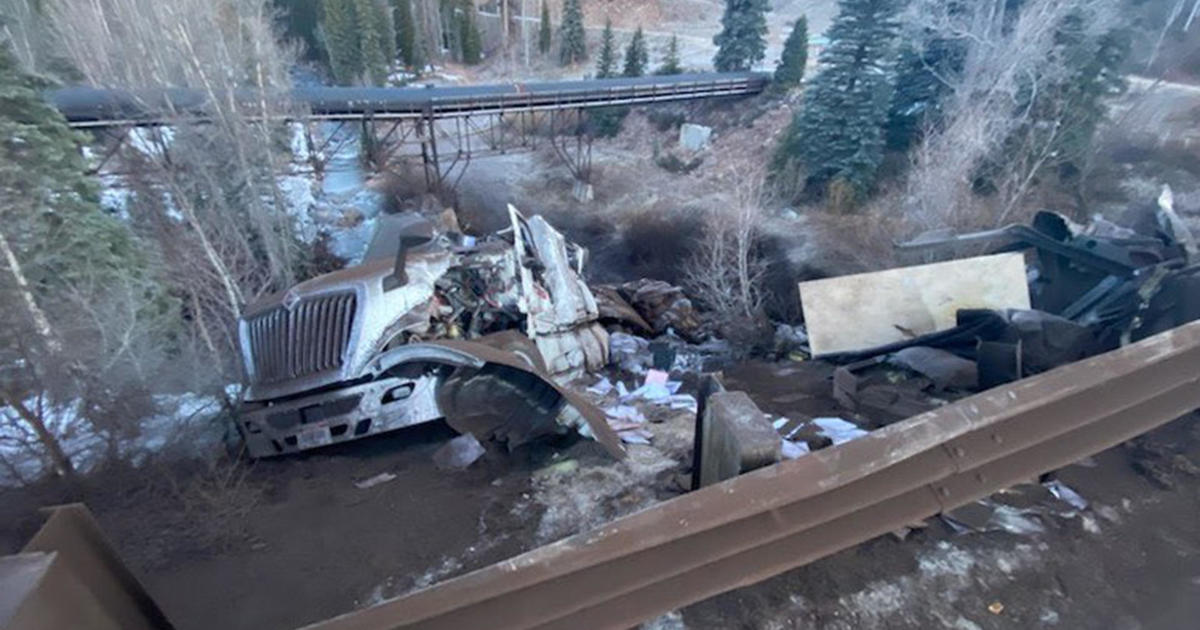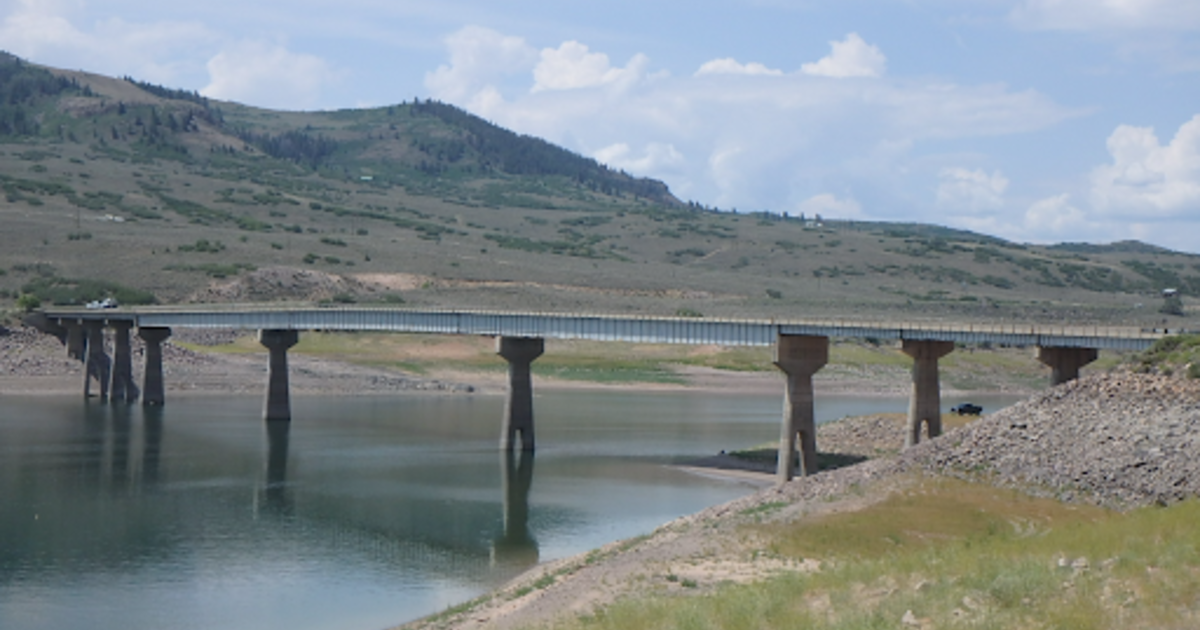CDOT Trains Firepower On Avalanche Hot Spots
RED MOUNTAIN PASS, Colo. (AP) - Just off U.S. Highway 550, seven miles north of Silverton, close to where blowing snow curls off the oxygen-starved peaks of the San Juan Mountains, sits an instrument of war once used to target enemy combatants.
This dark-green cannon, cold and precise with its accuracy, now targets a different enemy -- snow accumulation -- with the purpose of protecting motorists from avalanches along the roadway.
Each year the Colorado Department of Transportation spends roughly $500,000 to keep Colorado roadways passable for travelers during the winter months, according to CDOT spokeswoman Mindy Crane.
"The efforts we do are strictly for safety," she said.
Colorado leads the nation in the number of avalanche fatalities with more than 200 in the past 50 years, according to data collected since the 1960s.
Avalanches, also known as "The White Death," have plagued Colorado residents since settlement days. In 1905 more than 100 people were killed in avalanches in the Ouray vicinity alone.
CDOT supervisor Paul Wilson described the 36-mile stretch of road between Ouray and Coal Bank Pass as one of the most dangerous areas in the country. He pointed out a collection of steep areas near Red Mountain Pass where avalanche speeds are near free-fall, approaching 100 mph.
"We work 24/7 on it," Wilson said of Red Mountain Pass. "It requires a lot of work. The avalanches, because there are so many of them on this corridor, we have to control them quite often."
CDOT crew member Ivan Marrs said the need for his services depends upon the storm.
"If you get a good foot of snow, (we) usually have to come out and do mediation, but it basically depends on every storm," Marrs said. "Every storm is different."
Avalanche mediation consists of three different methods: firing a retired U.S. Army 105 mm howitzer; firing a truck-mounted avalauncher, which looks like a smaller version of the howitzer; and dropping explosives from a helicopter.
Wilson said the cannon is the most effective tool.
CDOT crews work with Colorado Avalanche Information Center forecasters to track, study and pinpoint possible threats to roads and backcountry areas.
The information center originally was founded as the Colorado Avalanche Warning Center in 1973, making it the oldest public avalanche forecast program in the nation.
The four Colorado Avalanche Information Center offices are in Boulder, Breckenridge, Aspen and Silverton.
At first light March 8, following a snowstorm the night before, Silverton residents and CDOT employees Marrs, Wilson and Tim Kirtley set up an artillery battery on the east side of town.
With targets drawn out on a picture, the crew turned a series of wheels and dials, adjusting the howitzer toward a hillside across a valley miles away. They were targeting an area known as the Champion Group, eight areas where they knew snow was accumulating.
With a portion of U.S. 550 closed, Marrs and Kirtley used scopes and tune dials to fine-tune their targeting of an area within the Champion Group. Using a rigorously designed procedure, the crew carefully loaded the projectile and shell, packed with gunpowder, into the cannon's breech. With a quick jerk of a rope, the howitzer fired, cracking the quiet morning air with a thunderous sound.
Seconds later, after the round exploded in the snow miles away, a report could be heard of a small slide 6 inches deep and 3 feet spilling onto the roadway.
The process was repeated with similar results all day in areas known as Cement Fill, Brooklyns and the Eagle Group near Red Mountain Pass.
"We have to do this so traffic runs smoothly, it's a serious job," Marrs said.
- By William Woody, The Daily Sentinel
(Copyright 2011 by The Associated Press. All Rights Reserved.)



